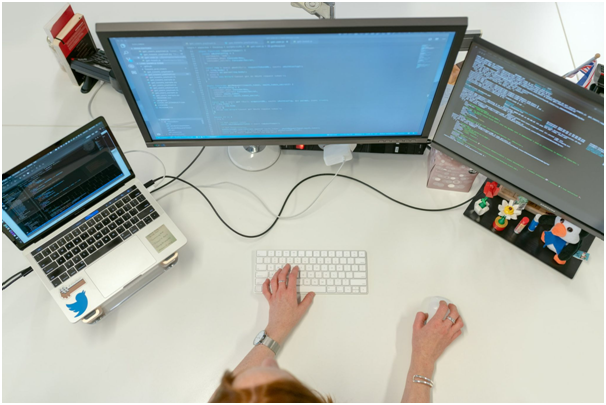Software surrounds us everywhere and, using handy programs and apps, we rarely think about how they work and are classified. However, knowing the types and general working principles can assist you in optimizing your operations and improving your business. This short article explains the different kinds of industry software in a simple and clear way.
Software Classification
For many ordinary users, retail, entertainment, healthcare, or fintech software developers produce completely different products. However, in terms of their purpose and key characteristics, they may be similar. There are several software classification systems:
- By the method of distribution;
- By scale;
- By source language;
- By the level of user skills;
- By the requirements for protection and reliability;
- By functionality;
- By field of application, and so on.
The latter category is currently being taken as a basis and used in the modern app and program development industry. Of course, each of the following classes has its own subclasses.
1. Application Software
This type can be called an “add-on” to the basic functionality of your device. It is almost impossible to compile the full range of tasks that can be performed using such software since it is too extensive. These can be browsers, photo editing apps, text editors, messengers, and so on. The end-user of such products is a person. This type is considered the most common because new tools appear in it every day. So you can choose an application or program for almost all your needs: both for performing everyday routine tasks and for the unique demands only for your business.
2. System Software
This type is intended to control individual components of the whole system (for example, a computer). If you compare it with the previous paragraph, you’ll see the key feature of system software. It does not help to perform some practical duties but ensures the coordinated work of other programs. It is also considered the “base” for the operation of application software. Within this group, experts also distinguish the following three subgroups:
- Operating systems. iOS, Windows, or Android are typical examples of the basic software that powers all the apps, games, and programs installed on your device.
- They serve as intermediaries between, for example, the operating system of a computer and another connected device. In some cases, the drivers can be preinstalled on your OS; in others, you may need to install additional tools.
- These are auxiliary programs that are a bit like application software in that they are designed to perform specific tasks. However, computers and operating systems rely on these utilities much more than a user for his/her ordinary tasks. These programs include antiviruses, archivers, backup apps, and more.
3. Programming Software
As the name implies, such software has a narrowly specialized focus and is used by developers. The programming tools list includes numerous assemblers, compilers, linkers, text editors, and so on. In general, everything you need to code, test, and debug.
4. Malware
This type includes any software created to hack a computer, steal information stored on it, deleting data, and causing other harm to a device and owner. Such programs are used by fraudsters to commit cybercrimes and may have different functionality and distribution methods.
Use Knowledge for Your Business Benefit
It is essential to know the main types of software and understand how they work to ensure the operation of an organization, company, or enterprise. After reading this article, we hope that you will not have any blank spots, and you will see what exactly you need and how to use it. Make your approach to the business organization more structured.




